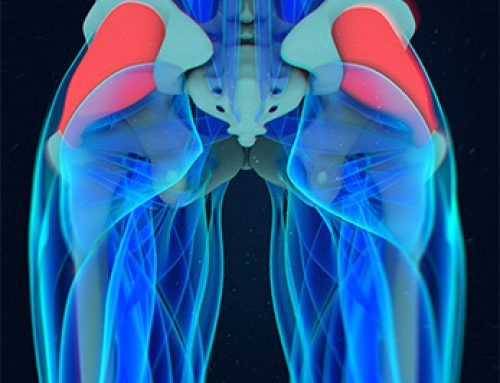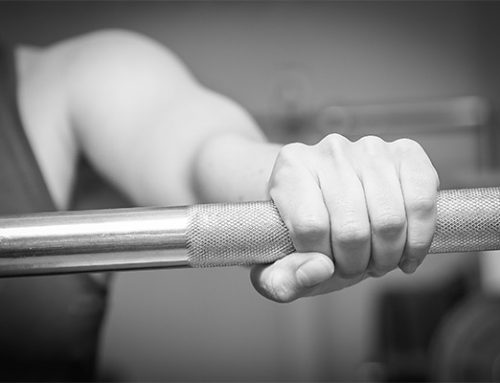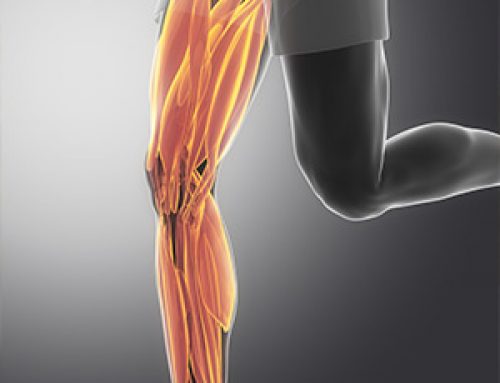How can we keep people living independently for longer?
Part 1: The Disability Threshold
What is the disability threshold?
The disability threshold identifies an individual’s level of independence. When the disability threshold is crossed, this person is unable to live independently due to their level of functional capacity.
Is the disability threshold the same for everyone?
Not at all. The disability threshold is dependent on a variety of physical, social and environmental factors and is regularly changing as each of these factors are influenced.
Physical factors include the severity of a particular illness or injury, a level of muscular strength or physiological functioning of the internal organs.
Social factors include the individual’s level of social engagement, financial barriers to accessing medical support and social support available to the individual from family and friends.
Environmental factors include the ability to attend medical appointments due to transport or location, terrain of the individual’s house and local landscape and assistive devices to help with everyday activities.
Example #1: someone who lives in a remote area of the state and has trouble accessing regular medical treatment for a heart condition would not be able to continue living independently for as long as someone who lived around the corner from their local hospital and had family regularly checking in on their well-being.
Example #2: someone with the ability to pay for the installation of hand rails, raised toilet seats and shower chairs will be able to live independently in their own home for longer than someone who cannot afford this assistance.
How can a disability threshold be changed?
An individualised exercise program, as advised by an Accredited Exercise Physiologist or Physiotherapist, can help to improve physical health and well-being.
This program might be to rehabilitate an injury, improve general strength and conditioning, increase heart and lung function or to improve whichever physical ailment is leading someone towards their disability threshold.
Exercise programs are vital in improving someone’s ability to complete their activities of daily living which is the cornerstone of independence. This might include shoulder mobility to help reach into the kitchen cupboards, hip stability for falls prevention, knee strength to climb up and down the front steps or general endurance for getting around the house each day.
Interventions to reduce the expense of medical treatment and provide low-cost options for improvements in physical health can help to overcome financial barriers. Regular group exercise can also improve social interaction and engagement.
Accessibility can also be heavily improved and influenced by specific interventions. Local councils run bus services to help residents get to medical appointments and some professions will organize home visit services.
Improving the immediate environment can also be done with the installation of hand rails, raised seating, shower chairs and other assistive devices to improve a person’s ability to complete the everyday activities that are required for independence.
A final point of interest…
“…it is not old age itself that causes increased medical spending. Rather it is disability and poor health, often associated with old age, that are costly.” (WHO 2002)
Old age is inevitable, and unfortunately, sometimes poor health is also. However, the two don’t always need to go hand in hand, and helping people understand this is the first step to healthy aging.
Written by
Tim Manning
Accredited Exercise Physiologist



